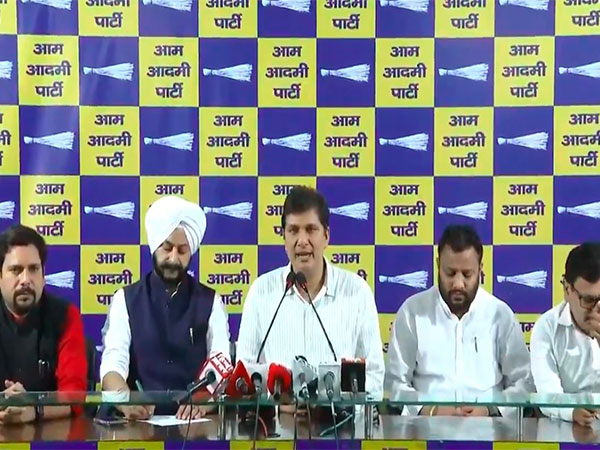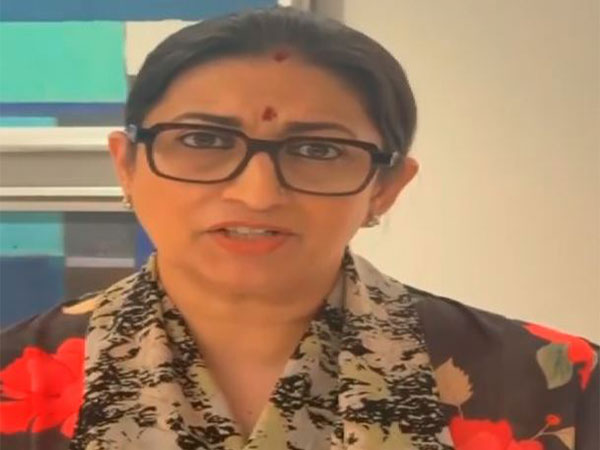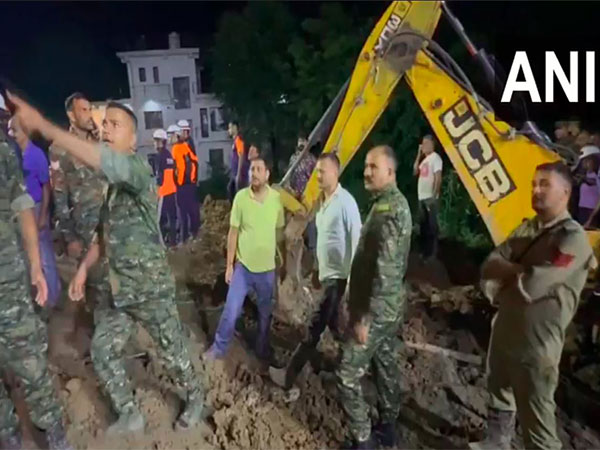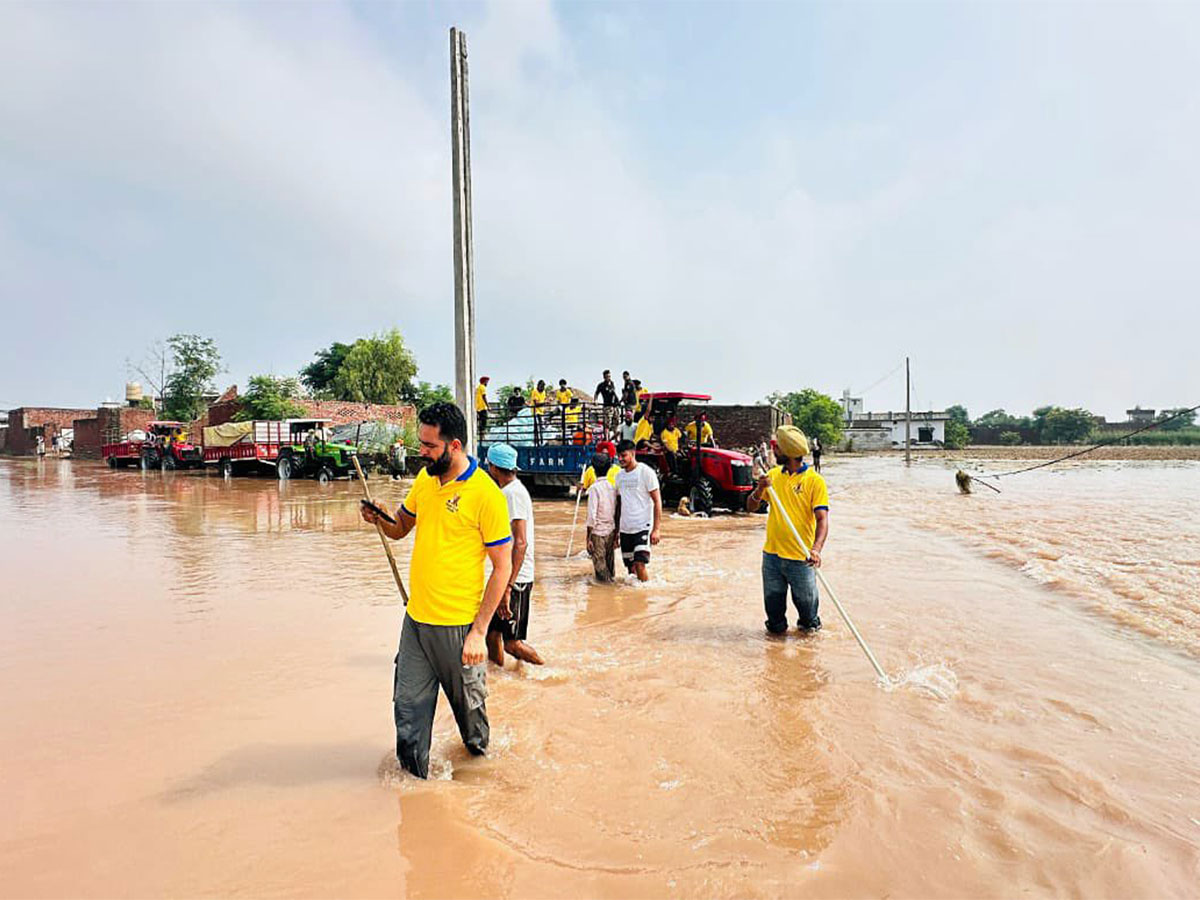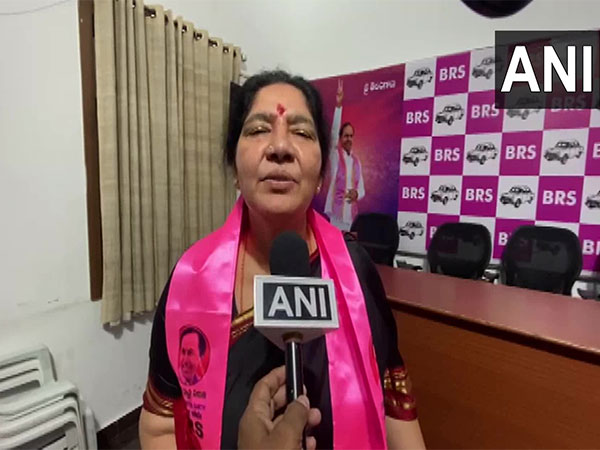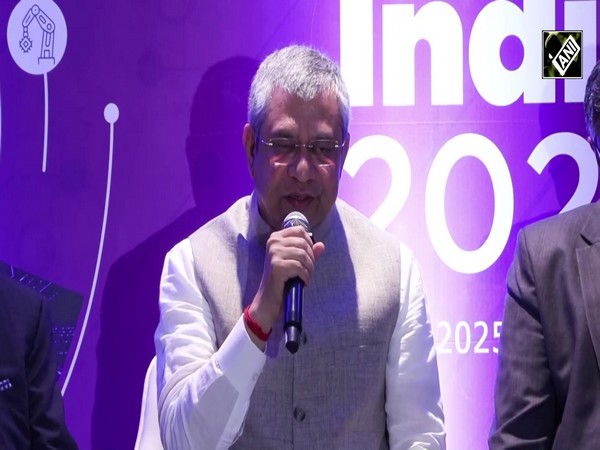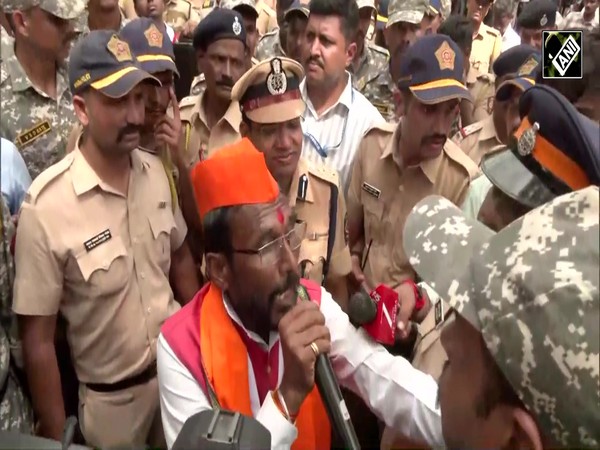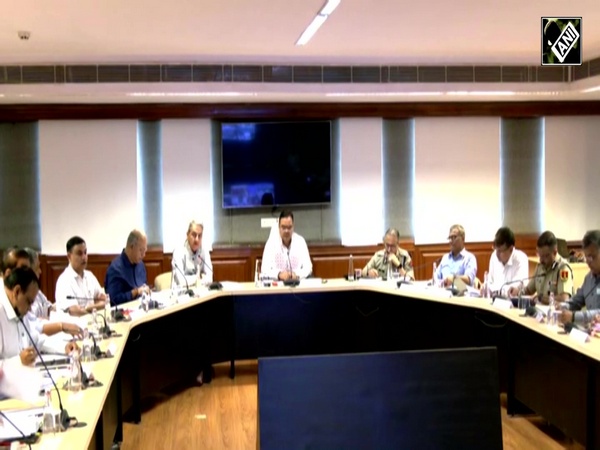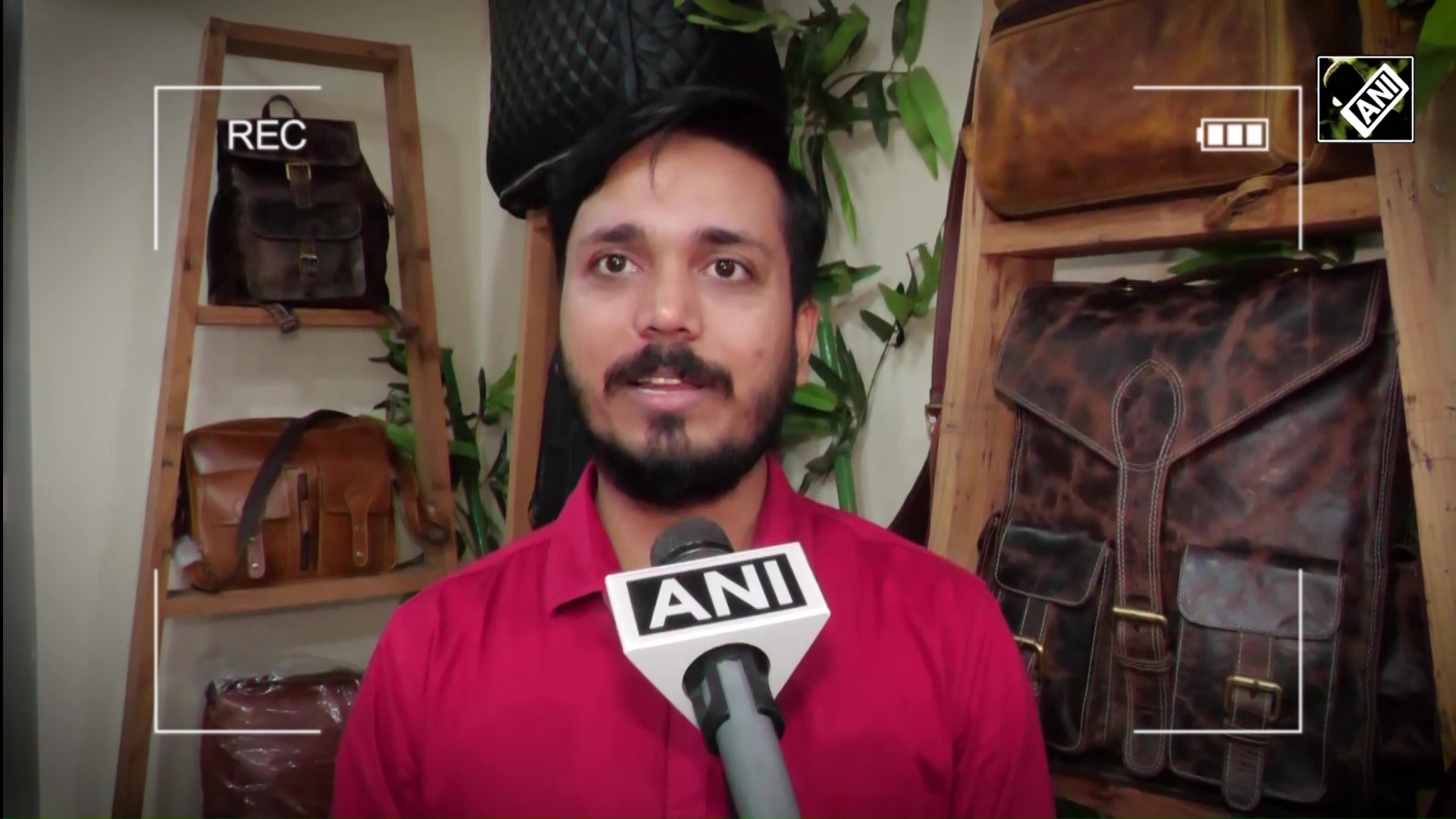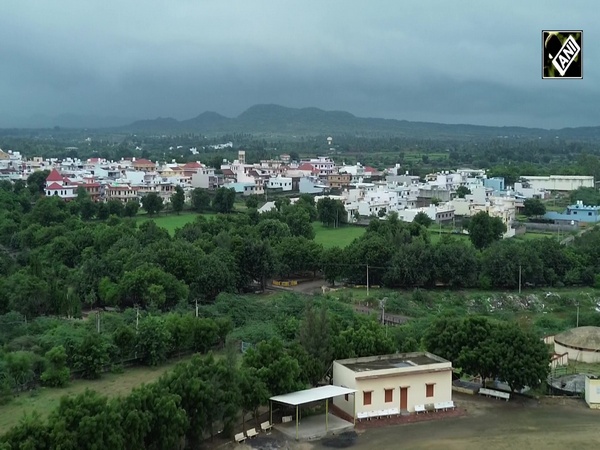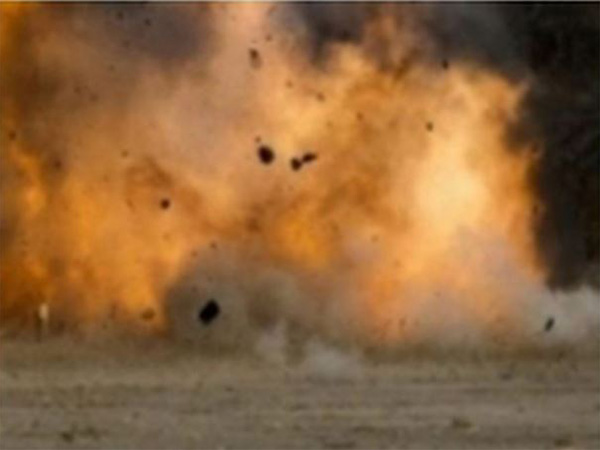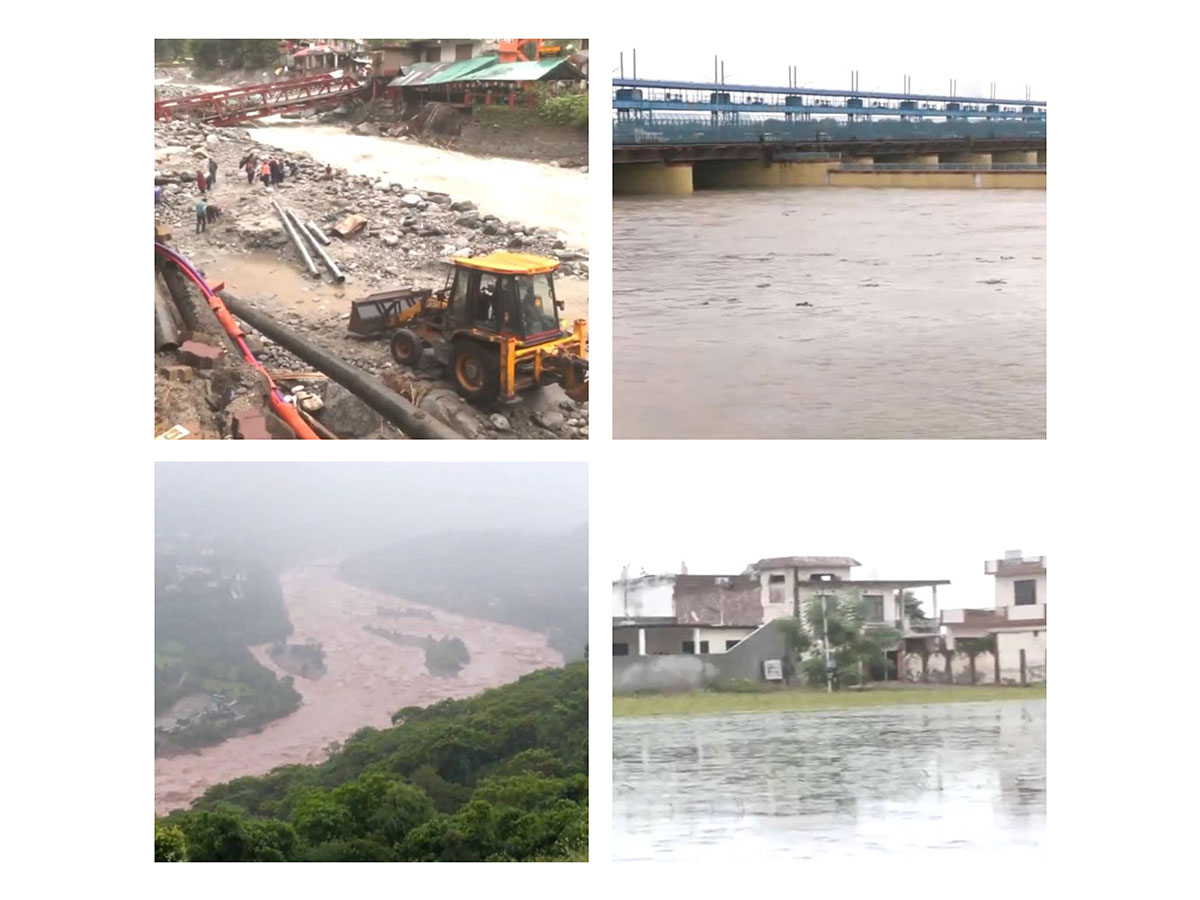
Torrential monsoon rains wreak havoc in Northern India: Floods, landslides batter Himachal Pradesh, Jammu & Kashmir, Punjab, Uttarakhand
Sep 02, 2025
New Delhi [India], September 3 : Torrential monsoon rains and severe floods have wreaked havoc across Northern India, severely impacting some regions of Himachal Pradesh, Jammu and Kashmir, Punjab, and Uttarakhand.
Over the past few weeks, relentless downpours have triggered landslides, flash floods, and widespread waterlogging, claiming numerous lives, displacing thousands, and causing extensive damage to infrastructure, agriculture, and livelihoods.
As swollen rivers breach danger levels and roads remain blocked, rescue and relief operations are in full swing, with central and state authorities, alongside the Indian Army, Air Force, Navy, National Disaster Response Force (NDRF), and State Disaster Response Force (SDRF), working tirelessly to provide aid and restore normalcy.
The monsoon fury in Himachal Pradesh has claimed 340 lives since June 20, including 182 deaths due to rain-related incidents such as landslides, flash floods, drowning, and house collapses, and 158 in road accidents, according to the State Disaster Management Authority (SDMA).
As of Tuesday evening, 1,334 roads, including four national highways, were blocked across the state, 2,180 power distribution transformers (DTRs) were disrupted, and 777 water supply schemes were affected, the SDMA reported in its 5 pm update.
The highest number of road blockages was reported from Mandi district (281), followed by Chamba (239), Kullu (204), and Shimla (255). Power disruptions were most severe in Kullu (323 DTRs), Sirmaur (443), and Shimla (302). Water supply schemes suffered major damage in Shimla (272), Chamba (100), and Kullu (39).
Officials said torrential rain over the past 48 hours has triggered multiple landslides and road cave-ins, with debris clearance operations underway in several districts. Heavy machinery has been deployed to restore connectivity, particularly on national highways NH-03, NH-05, NH-305, and NH-707, which were blocked at various locations.
Heavy rainfall also continues to batter Jammu and Kashmir's Udhampur district, where heavy slush and boulders have tumbled from hilltops, blocking roads near Thard. No vehicles are allowed from Jakhani to Chenani as heavy rainfall hampers restoration work on the Jammu-Srinagar National Highway.
Deputy SP Traffic, Jatinder Singh, stated, "As a result of last week's heavy rainfall, the National Highway 44 was severely affected from Udhampur to Samroli... Because of today's rains, the highway near Thard has been destroyed... Restoration work has been stopped, and commuters are being sent back..."
On August 27, the Shri Mata Vaishno Devi yatra was suspended due to a landslide that killed 34 people amid heavy rainfall. Jammu and Kashmir Lieutenant Governor Manoj Sinha ordered the constitution of a high-level three-member committee to investigate the causes of the landslide.
In Punjab, the Government released a comprehensive report detailing the prevailing flood situation, which has caused damage in 23 districts, affecting 1,400 villages and a population of 354,626.
The affected districts include Amritsar, Barnala, Bathinda, Faridkot, Fatehgarh Sahib, Fazilka, Ferozepur, Gurdaspur, Hoshiarpur, Jalandhar, Kapurthala, Ludhiana, Malerkotla, Mansa, Moga, Pathankot, Patiala, Roopnagar, SAS Nagar, Sangrur, SBS Nagar, Sri Muktsar Sahib, and Tarn Taran. Gurdaspur is the worst-hit, with 324 villages affected, followed by Amritsar (135 villages) and Hoshiarpur (119 villages).
The floods have damaged 1,48,590 hectares of crops, severely impacting the state's agricultural sector. Rescue and relief operations are ongoing, with 19,597 people evacuated across the affected areas. Gurdaspur alone has evacuated 5,581 individuals, followed by Ferozepur (3,432) and Amritsar (2,734). A total of 174 relief camps have been set up, with 74 currently active, including 29 in Barnala, 16 in Amritsar, and 14 in Pathankot.
The NDRF has deployed 23 teams across districts, with six teams each in Gurdaspur and Amritsar, and three each in Ferozepur and Fazilka.
The Indian Air Force, Navy, and Army have mobilised 12 columns, with eight on standby and two engineer columns deployed. Additionally, 30-35 helicopters are assisting in rescue and relief efforts. The Border Security Force (BSF) and SDRF are also on the ground, with two SDRF teams in Kapurthala and one BSF team in Gurdaspur. A total of 114 boats and one state helicopter are aiding operations.
A local resident of Ferozepur said, "There is a lot of water in our village. Some people are still there, some have come here, while some are in camps set up on the other side. Our cattle is here and we are able to arrange for their food... The government is helping with our ration and food for our cattle..."
In Uttarakhand, the India Meteorological Department has issued an alert for heavy to extremely heavy rainfall, accompanied by thundershowers and lightning, in multiple districts over the next 24 hours.
According to the IMD, there is a possibility of heavy rainfall at some places and very heavy to extremely heavy rainfall, thundershowers, and lightning in areas including Dehradun, Nainital, Udham Singh Nagar, Haldwani, Rudrapur, Bajpur, Kashipur, Lohaghat, Ramnagar, Khatima, Doiwala, Chakrata, Mussoorie, Raiwala, and surrounding regions. The alert warns of potential further disruptions as the state braces for more intense weather conditions.
Rain continues over Delhi-NCR with light to moderate showers and thundershowers expected from September 2 to 5, said IMD. According to the weather report, Max temperatures will stay around 29-34°C, below normal, with southeast winds up to 25 kmph.
Ghaziabad schools will remain closed on September 3 due to waterlogging and the impact of heavy rain. Massive traffic was witnessed snarling at the DND flyway in Noida.
Earlier today, the India Meteorological Department (IMD) issued a red nowcast warning, forecasting heavy rainfall exceeding 15 mm per hour, accompanied by thunderstorms, in multiple districts across Uttar Pradesh, Haryana, Himachal Pradesh, and Punjab.
According to the IMD, the districts of Pilibhit, Lakhimpur, and Shahjahanpur in Uttar Pradesh were placed under a red alert. In Haryana, the warning covered Fatehabad, Jind, Hisar, Gurugram, Rewari, and Mewat. In the hill states of Chamba, Lahaul-Spiti, Kangra, and Kullu in Himachal Pradesh, a red alert was issued.

